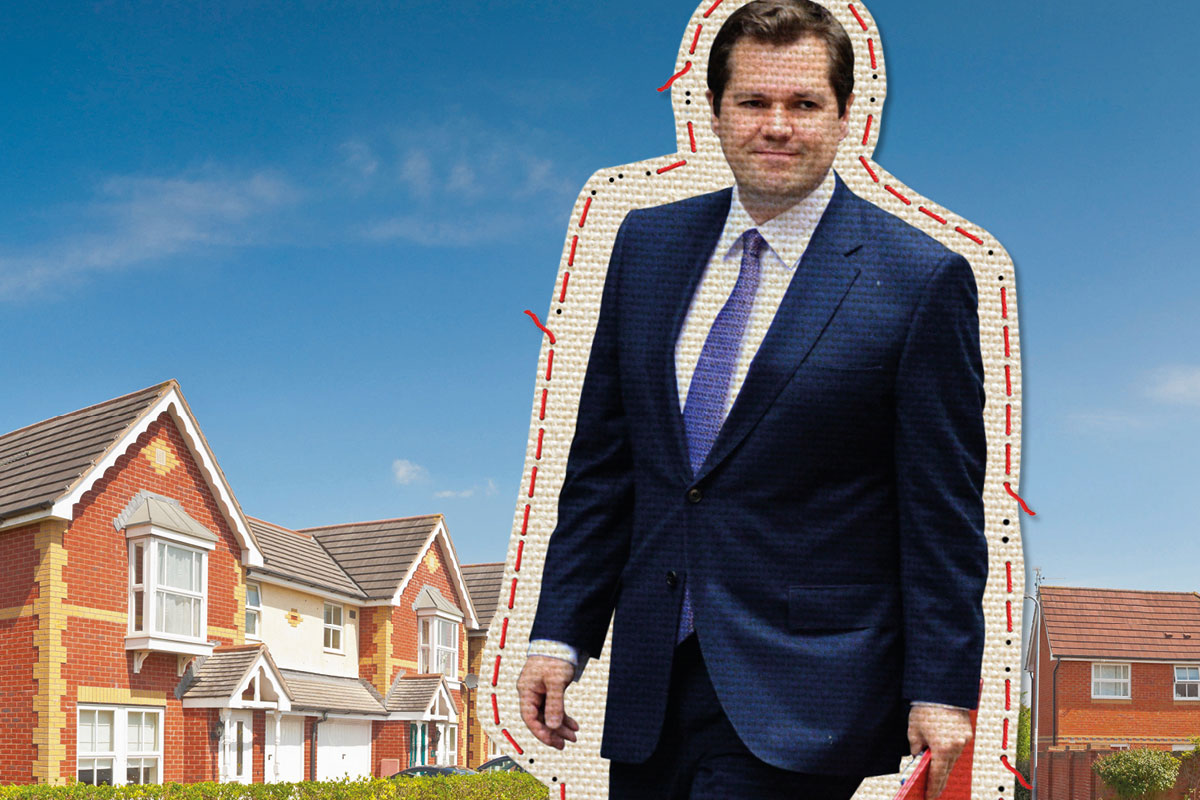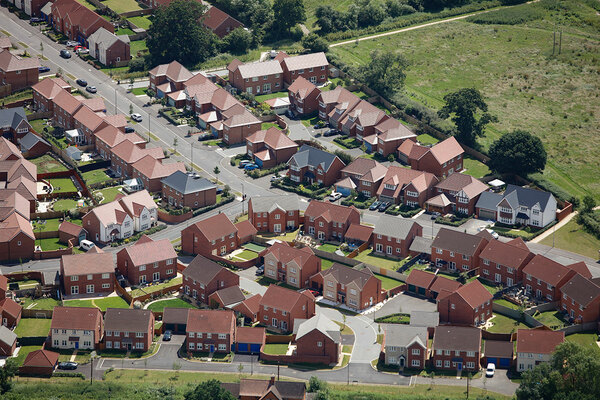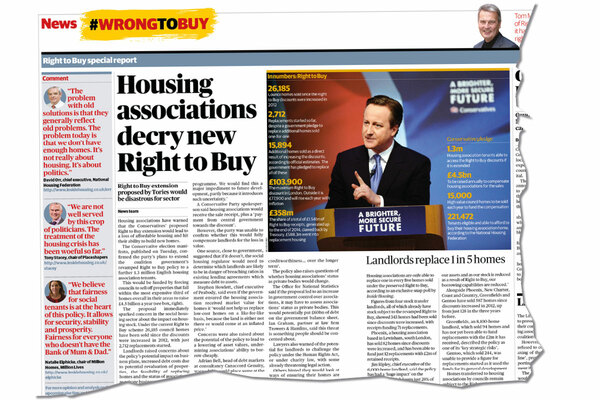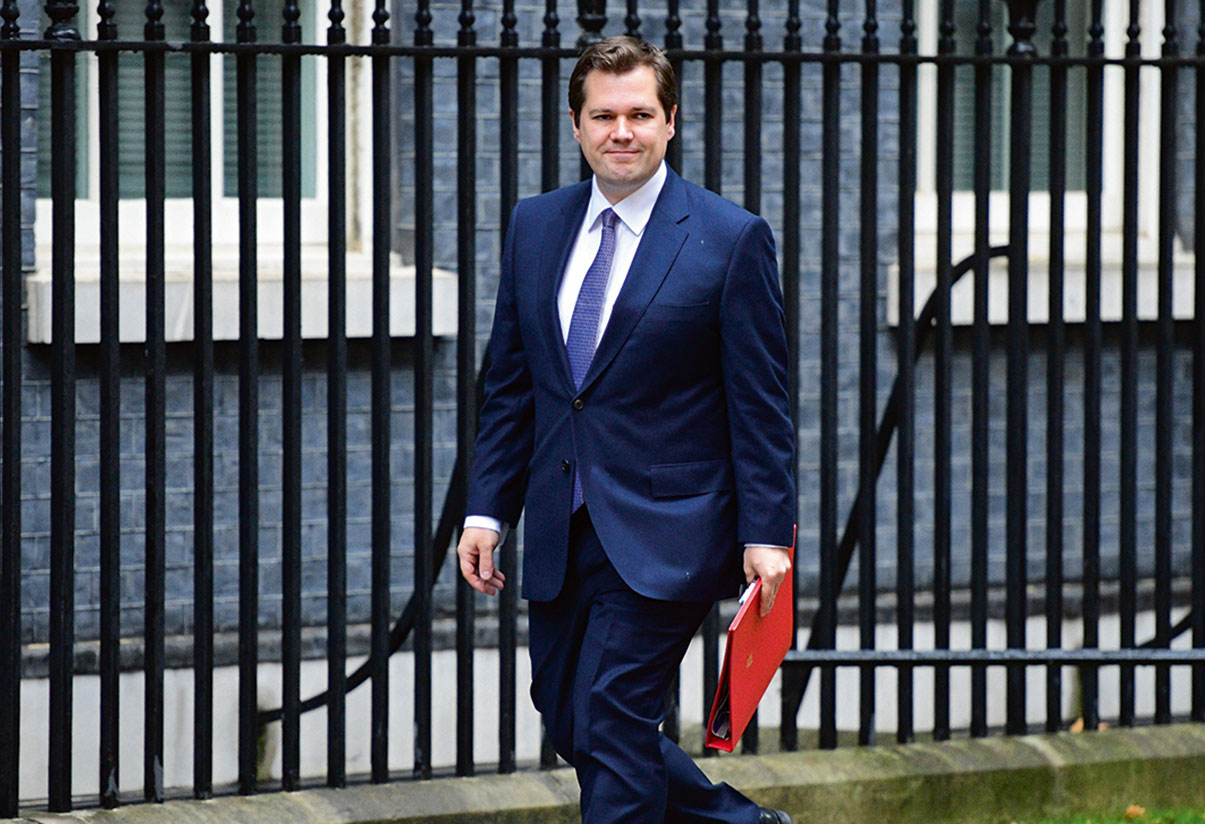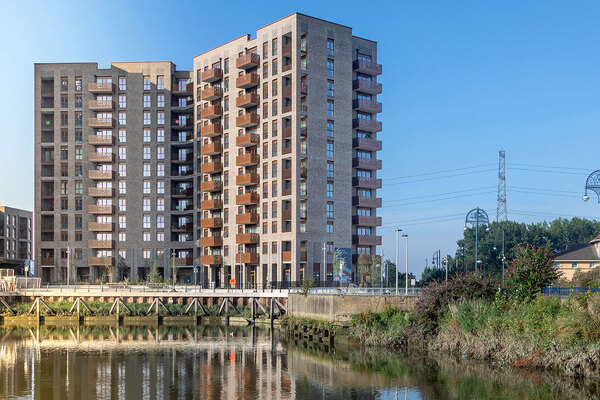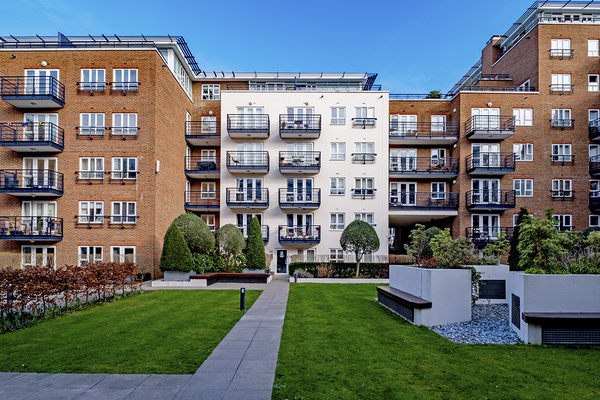You are viewing 1 of your 1 free articles
Unpicking Jenrick’s shared ownership Right to Buy plan
Housing secretary Robert Jenrick’s shared ownership Right to Buy plan has caused a stir across the sector. Jack Simpson takes an in-depth look at the fledgling policy. Picture by Getty
“As housing secretary, I will make sure housing association tenants are given the opportunity of climbing onto the property ladder,” said Robert Jenrick, speaking at the Conservative Party conference last week.
It was his first high-profile outing in his new role, and with it came arguably his most significant social housing policy proposal yet.
By raising as little as 10% of the value of the home, housing association tenants would, as the Conservative Party put it, be able to “share the dream of homeownership”.
While for Mr Jenrick the new shared ownership Right to Buy (SORTB) plan is part of the solution to making homeownership available for all, for many in the sector it sparked more questions than answers.
A week on from the announcement and with the sector calling for more details, Inside Housing unpicks the plan, and looks at how it will work and what the ramifications for social housing providers and tenants could be.
What were the proposals?
For a proposal that could significantly impact the way housing associations operate, the sector is currently working from details condensed into only four lines from the initial Conservative Party press release.
There are two strands to what we have seen so far. First, housing association tenants living in new builds will automatically be given the right to buy a share of as little as 10% of their home. Second, the government would work with associations to open this up on a voluntary basis to existing properties.
For tenants this would see them raise money to buy a percentage of the home, and then pay rent on the remaining share, as well as paying the full service charge covering repairs and maintenance.
Unlike other Right to Buy schemes that offer discounts for tenants, so far there has been no indication this new scheme will offer the same, leaving some commentators questioning its attractiveness.
There are also questions whether making it an automatic right for new build properties is enforceable without housing associations becoming public bodies again.
Some sector figures have anticipated that this could be achieved through grant, with funding being given on the premise that associations adopt the scheme.
Why now?
For Boris Johnson’s government homeownership appears to be a key part of its housing policy, and for his housing secretary reforming shared ownership appears to be a key part of that.
The announcement comes as part of wider reform plans for shared ownership put forward last month, which include allowing tenants to staircase in 1% chunks and introducing a new standard shared ownership lease model.
With many predicting a general election on the horizon, the plan could be seen as a potential vote-winner for the Conservative Party.
Mirroring the move by David Cameron in the lead up to the 2015 general election, where he announced he would be extending the right to buy for housing association tenants, the scheme is being used as the carrot on the stick for those with ownership aspirations.
And some housing associations, believe that there would be interest from tenants. Jonathan Layzell, Stonewater development director, says: “I think there will be a group of residents for who this is a good idea, it helps them get their foot on the housing ladder.”
Do associations approve?
Just hours after the surprise announcement, the National Housing Federation quickly responded, saying the plan could “worsen the housing crisis”.
The NHF’s concern is that switching of tenures will take social rent homes out of the country’s stock at a time when the need is so acute.
These concerns are shared throughout the sector.
Julie Doyle, chief executive of Longhurst, fears the plan could see its existing social rent homes lost for the future, while Helen Evans, chair of the G15, said that any policy implemented should not come at the expense of homes at low-cost rent for families.
But it is housing associations’ business plans and borrowing capacity where many think the policy could have its biggest impact.
Boris Worrall, chief executive of Rooftop Housing, explains: “We’re able to borrow at the level we can because of the certainty in our business plans, which is predicted on a steady and predictable stream of rental income.”
He says as soon as lenders see tenures flipped into shared ownership this certainty is undermined and the change could have ramifications for existing loans and deals in the future.
There is also an attitude in the lending community that sees shared ownership as higher risk and less attractive to lend against.
“Most lenders will only accept a proportion of shared ownership in any given loan, which is often around 10%,” says Richard Petty, director of residential at JLL.
“If you make something a shared ownership product, albeit with a very skewed balance of equity, that puts it into the category of shared ownership not social rent, so there will be limits.”
He adds that there are currently “one or two lenders” willing to take a higher proportion of shared ownership.
However, there is another school of thought where getting cash receipts up front from the initial equity sale and relinquishing maintenance costs could boost associations’ finances, at least in the short term.
“Most lenders will only accept a proportion of shared ownership in any given loan, which is often around 10%”
Robert Grundy, head of housing at Savills, says more detail is needed, but the plan looked like it could be a “good deal” for the landlord, depending on factors such as location and what the returns on capital are.
“Based on a 10% purchase by the resident, the landlord receives the rent due and the tenant is paying all of their obligations,” he states. He adds that this may see landlords’ net income increase and be beneficial for their financial positions.
Would tenants be keen?
The resounding response from the housing figures Inside Housing spoke to is that tenant take-up would likely be low.
Mr Petty says that the first issue is around affordability.
He says: “If you are someone on social or affordable rent, and then you switch to a 10% stake, with a mortgage, as well as rent on 90% and the service charge, you have to ask yourself: is that going to cost more?”
Then there is the question of repairs costs. As a social housing tenant, your landlord is responsible for repairs work and the cost. When you become a shared owner, you usually become a leaseholder, meaning that 100% of the cost and responsibility transfers to you.
Justin Bates, a specialist housing lawyer, says he would be “amazed” if there was a market on this basis.
“Suddenly you have gone from paying fixed social or affordable rent to paying variable service charge,” he says. “As a tenant, your rent covers everything and you have these amazing repairs obligations you can force against your landlord.”
And with fire safety issues now being found in many new build properties, the risks could be even greater.
Mr Bates explains that in an “extreme scenario” you could go from exercising the scheme one day, and then the next receive a bill to pay £50,000 to fix fire safety works.
Responding to a question on Twitter on this topic, Mr Jenrick said the reforms being made to shared ownership would make the model more attractive, including addressing staircasing, fees and major repairs. He added that these changes would be the basis for the “right to shared ownership”.
But others point to the low take-up of the pilot of the full Right to Buy extension in the Midlands as an indicator that the policy is unlikely to gain traction.
Mr Worrall, whose association Rooftop is involved in the pilot, said that because of this low take-up, he had not seen any evidence that there is widespread demand for shared ownership, which is a more niche product.
Robert Jenrick’s shared ownership plan sparked more questions than answers
Any other issues?
Attracting mortgage lenders to lend money to social housing tenants is another potential obstacle.
Suzanne Benson, partner at Trowers & Hamlins, says that lenders may not want to lend such small amounts to what they will regard as ‘high-risk’ customers.
She adds that it may also be hard for tenants to pass the ‘stringent tests’ which providers set.
“They’ll need to show they can maintain ownership and pay rent. Usually the reason why people are in social housing is they are unable to do that,” she says.
Andrew Cowan, head of social housing at Devonshires, believes that changes to the planning system would be needed surrounding Section 106 agreements.
“When you get a Section 106 agreement, they will say we have given you planning to develop 100 units here and 20 must be social rent and 20 can be shared ownership,” Mr Cowan explains. “They are not saying 40 can be shared ownership, so that is a serious issue that needs to be addressed.”
Mr Cowan says that legislation that states tenants have the option to take up a shared ownership position would need to be implemented by the government.
Not a new idea
Offering housing association tenants the opportunity to buy a share in their home is not new.
In 2006, the government launched the Social HomeBuy. Under the scheme housing association tenants have the right to acquire their home outright or on shared ownership terms, with a discount applicable on every staircase payment you make.
The product is offered on a voluntary basis by housing associations, with tenants able to buy a stake of between 25% and 90% in their home. Housing associations including One Housing and Hexagon have offered the option.
“This policy still exists but it hasn’t taken off – there has been very low take-up,” says Ms Benson.
“I think part of this is because very few associations are actually aware of it. A lot of people talk to me about developing these products like this, and I say, ‘Have you looked at Social HomeBuy?’.”
